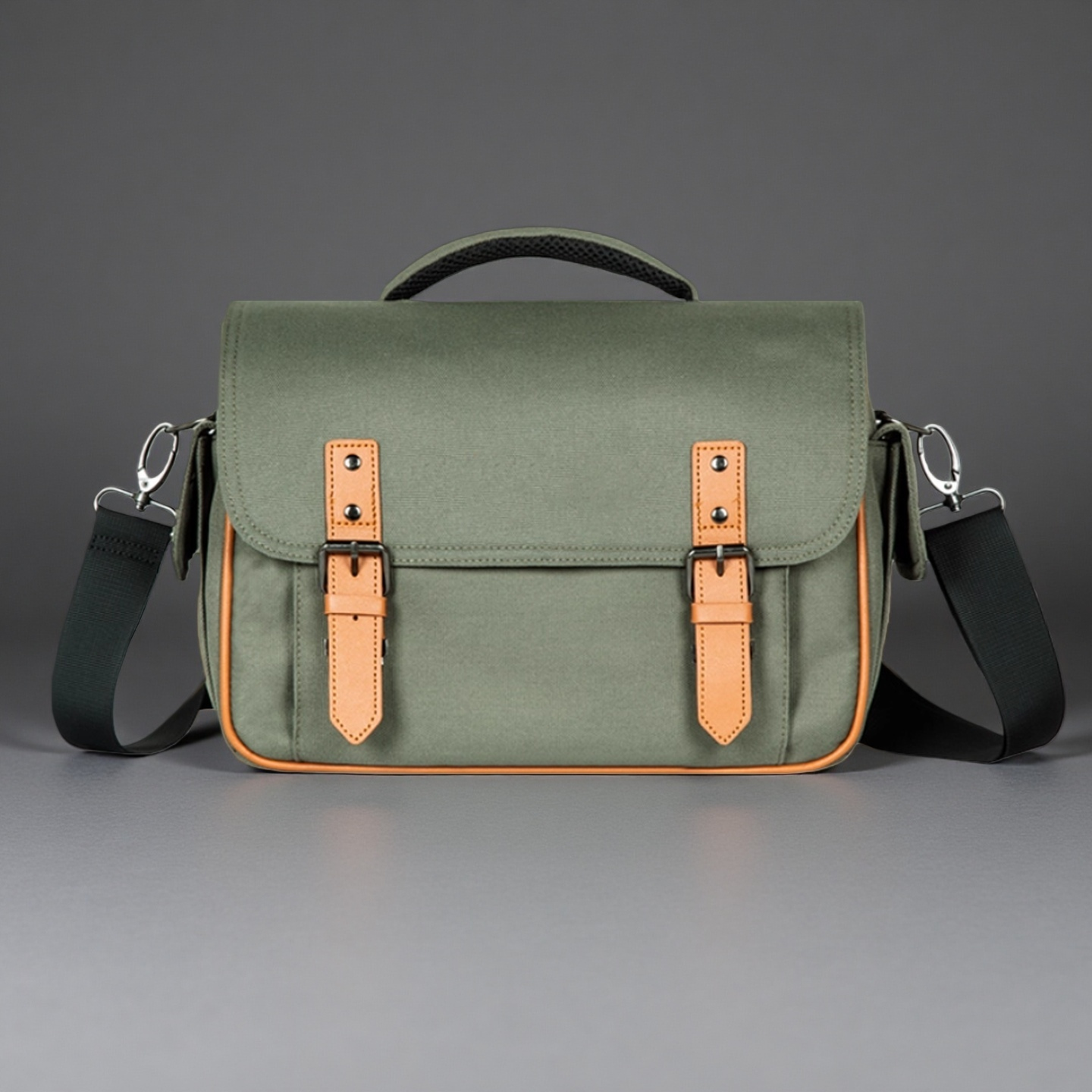
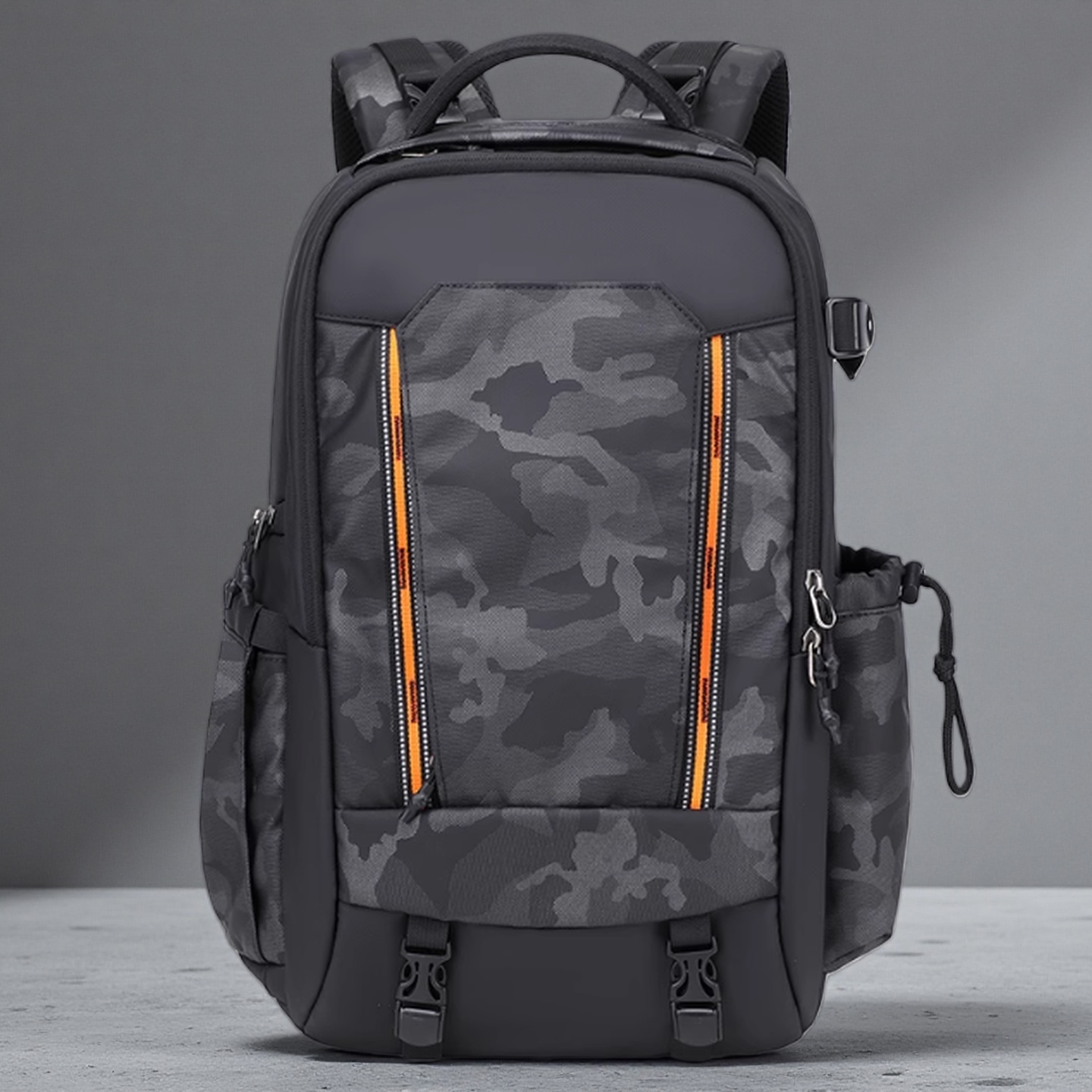
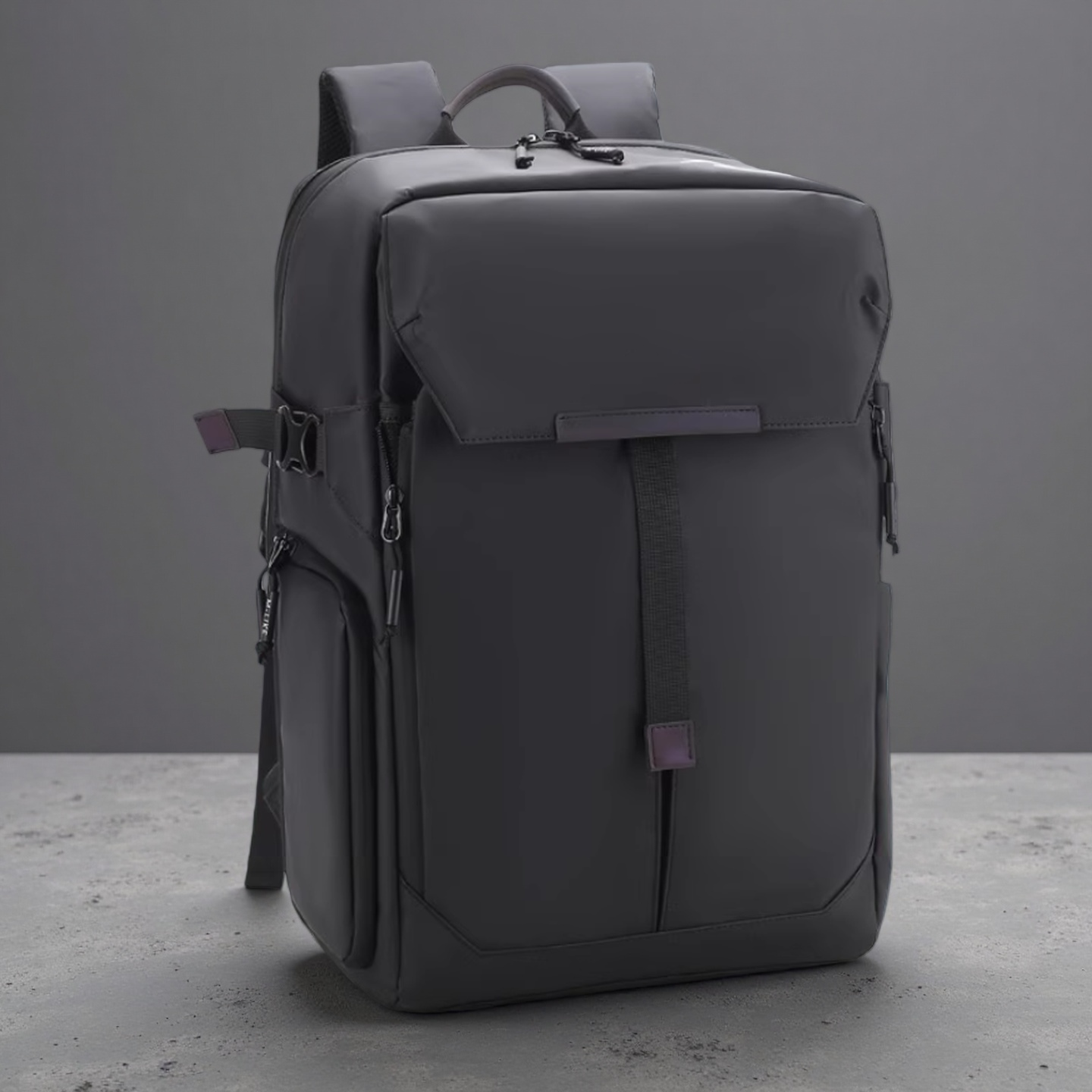
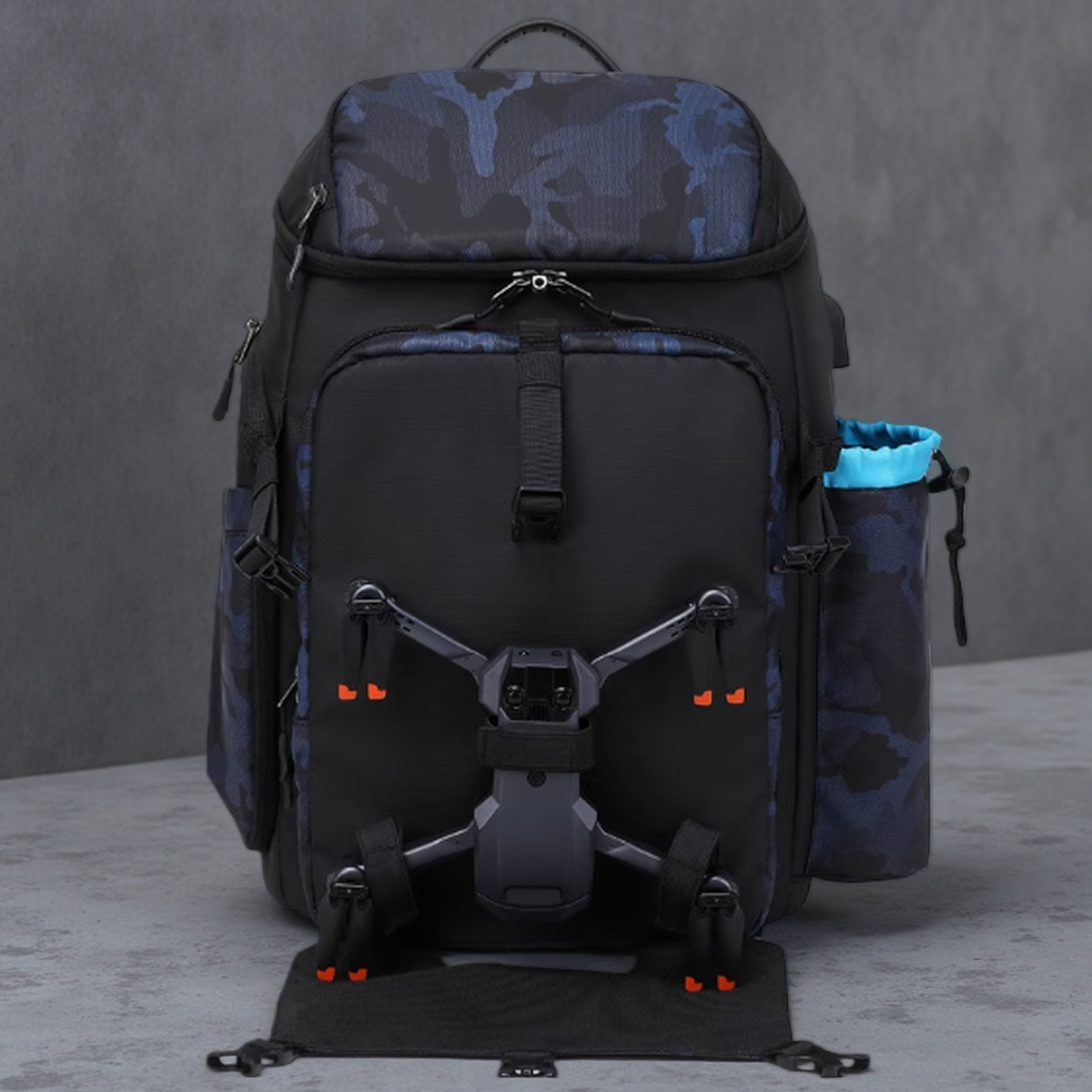




Recent research on skiing equipment has found that although high-end ski bags on the market have a low-key appearance, their design hides a high level of professionalism. Those who truly understand will choose styles that look similar but differ greatly in use.
The biggest difference between a ski bag and a mountaineering bag is that the bag body needs to be tightly attached to the back to reduce the swaying sensation when sliding. Therefore, the three-point stability system of shoulder strap, chest strap, and waist belt is standard.
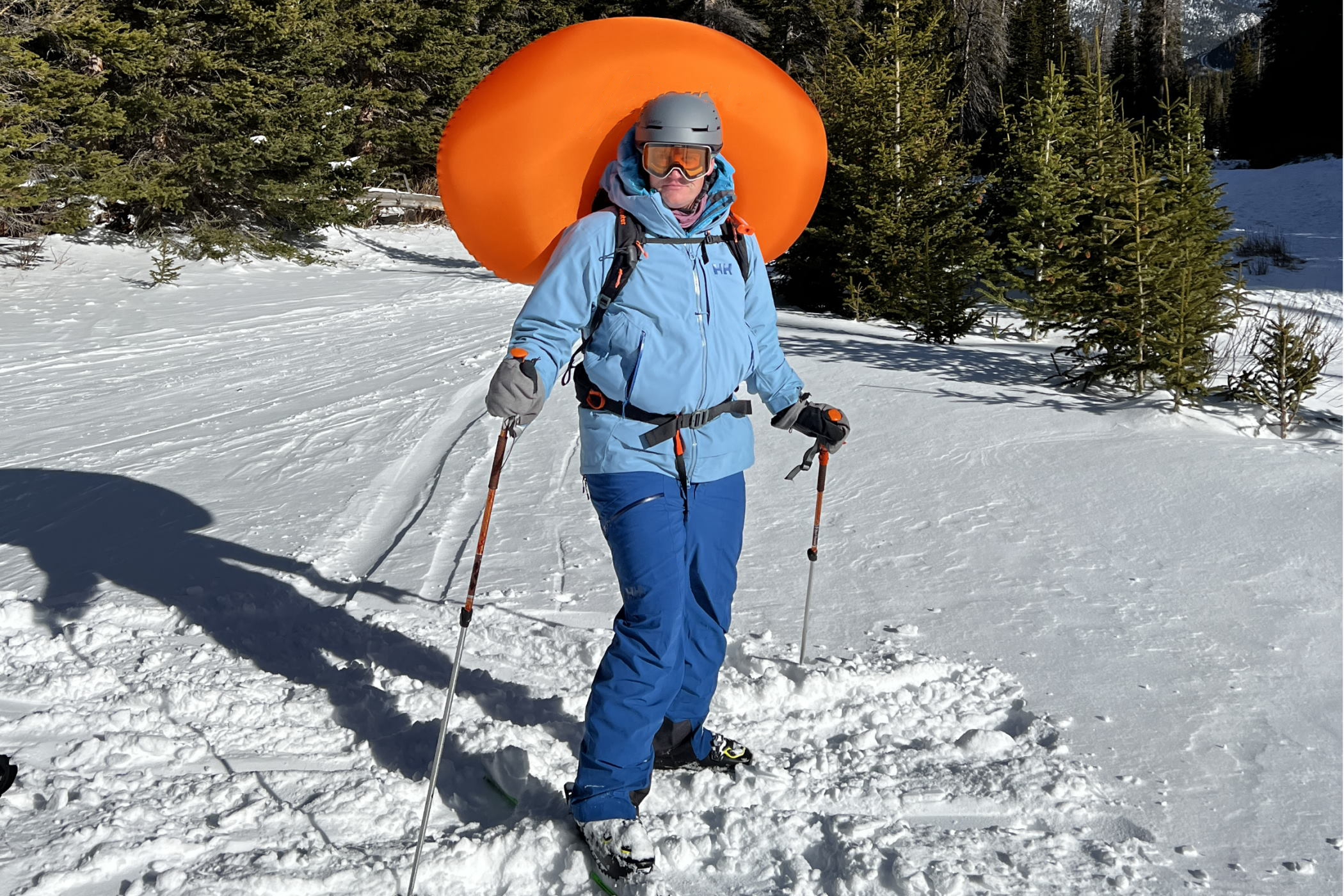
The positions of the snow mirror compartment, snow shovel compartment, and first aid kit compartment must be easily accessible with one hand, especially when operated with thick gloves. The clear location of rescue supplies directly affects the efficiency of use.
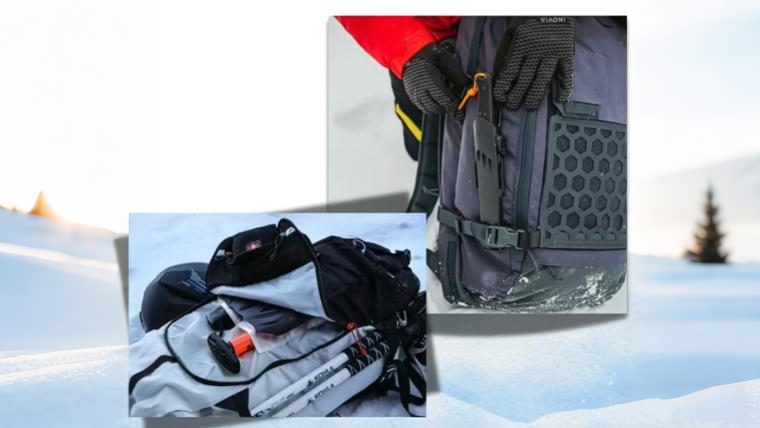
The fabric needs to withstand sub zero low temperatures without hardening, and have triple performance of snow resistance, waterproofing, and wear resistance. It is commonly made of 420D-840D waterproof polyester+TPU film, or Cordura fabric.
The ski board and helmet attachment system is one of the core functions of ski bags, and the attachment strap needs to use high-strength webbing and buckle structure, which is not easy to loosen when falling or getting on and off the cable car.
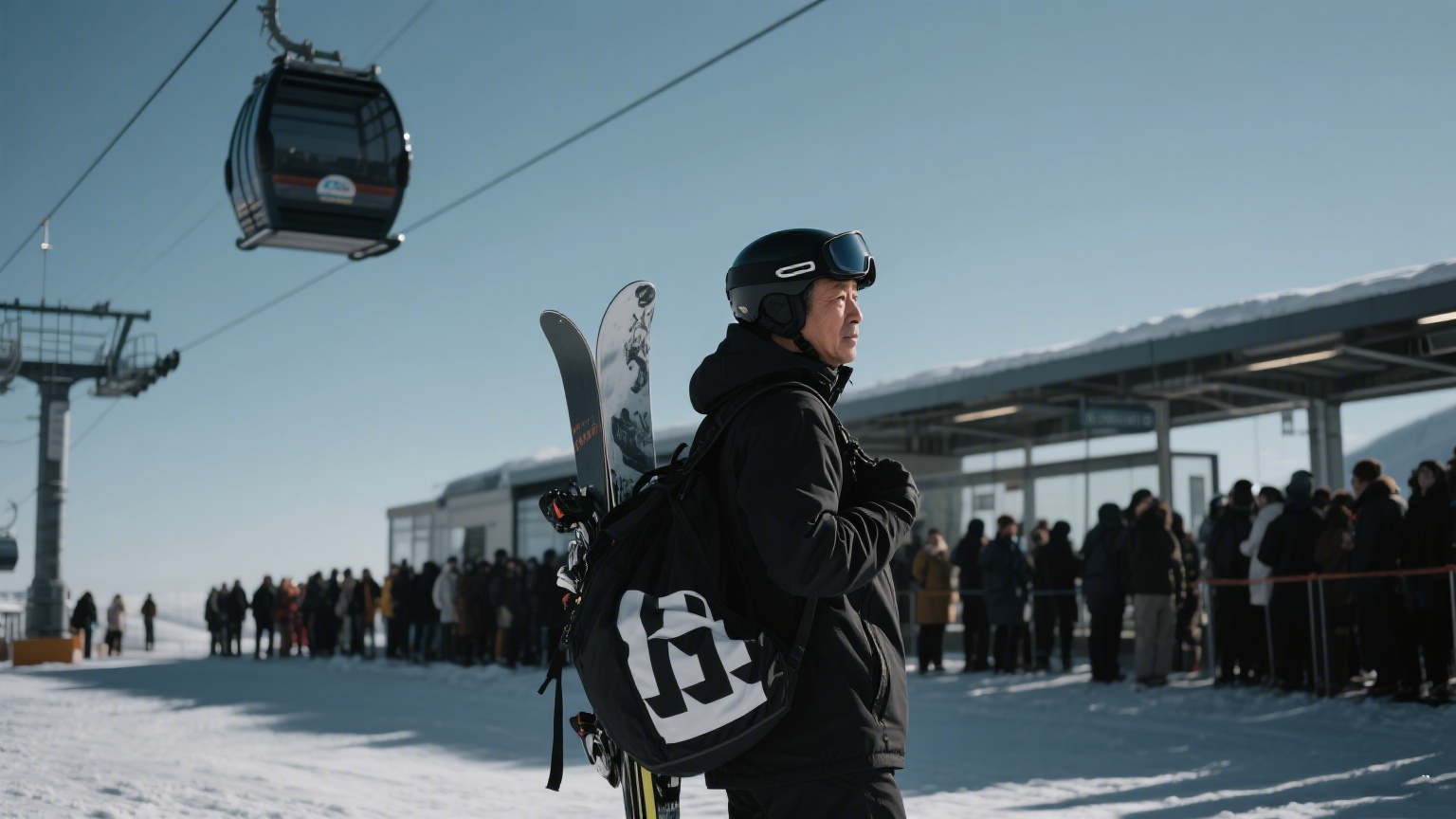
High end ski bags will combine backpack technology to enhance breathability and shock absorption, while maintaining a snug fit to ensure sports stability.
In the skiing industry where equipment performance and safety standards continue to upgrade, professional ski bags have evolved from "accessories" to core system components that determine athletic performance. Our laboratory data shows that using a five dimensional collaborative design (center of gravity control+rapid response+full environment protection+modular expansion+biomechanical backpack) for ski bags can reduce athletes' physical exertion by 22% and increase equipment utilization efficiency by 38% during continuous 6-hour training.
For brand owners and procurement decision-makers, the real competitive advantage lies in the millimeter level shoulder strap curvature design, a buckle tension system with Newton values accurate to ± 5%, and composite fabrics that remain flexible even after being frozen at -30 ℃. We suggest that B-end partners focus on DIN/ISO 13997:2023 certified supply chain systems and prioritize product solutions equipped with quantifiable performance parameters (such as backpack adhesion ≥ 92%, emergency equipment response time ≤ 2.3 seconds).